Non-covering grape varieties for the Leningrad region
For growing grapes, areas with loose and nutritious soil are chosen. It is recommended to place plantings on sunny lands located away from marshlands and groundwater - waterlogging harms the plant and increases the risk of developing fungal and viral diseases.
Some varieties are non-covering and are frost-resistant - they are grown in the open field. Others are planted only in greenhouses - such grapes do not tolerate sudden changes in weather and frost. In the article, we will consider the best covering and non-covering grape varieties for the Leningrad region, the features of their cultivation.
The content of the article
The best grape varieties for the Leningrad region
Before planting any variety, it is recommended to study its characteristics: the size and taste of the fruit, the shape and weight of the bunches, the nuances of growing. Some need regular feeding, others stably bear fruit only in the presence of pollinating insects.
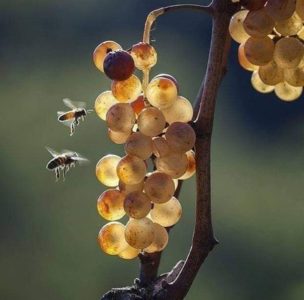
Uncovering and early varieties
Non-sheltering varieties are those that do not require shelter for the winter. Such grape varieties tolerate spring frosts, winds, heavy rains well.

Ryabinsky
A technical variety, ideal for processing - juices, dry and semi-dry wines, champagne are prepared from the fruits. The ripening period is early, summer residents harvest in the second decade of August. The leaves are small with bristly pubescence, the flowers are bisexual. The bunches are loose, small, conical in shape, weight about 170 g.
Berries are oval, white-green, juicy pulp with seeds. Colorless juice, tasting score of dry wine made from Ryabinsky - 7.5 points. Immunity to diseases and pests is average, grapes are rarely damaged by wasps and aphids. When growing, it does not require special skills.
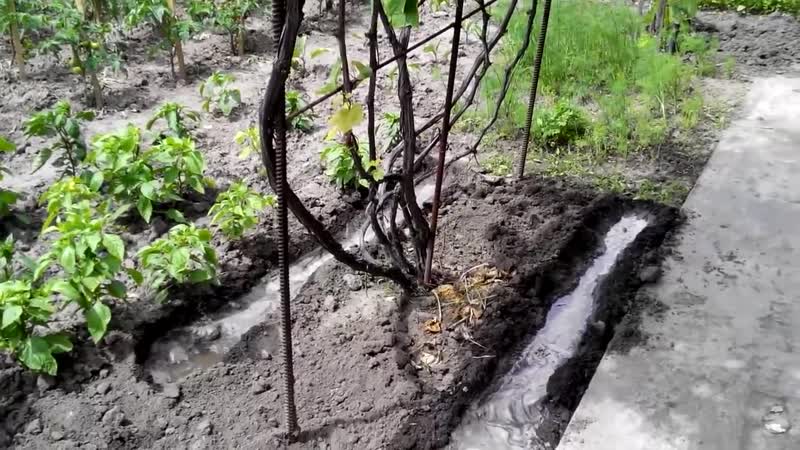
Stirrup
The early ripening grape variety Stremennaya is valued for its frost resistance, strong immunity to diseases, and stable yield. The bushes are medium-sized, the leaves are pubescent, the flowers are bisexual. The shape of the bunch is cylindrical-conical, weight is about 160 g, the berries are small and oval, the color is white.
Stirrup is a technical grade, the crop is used for processing, transportation. Strong light peel protects the fruit from cracking; after ripening, the grapes do not crumble. To increase yields, it is recommended to regularly prune the bush.
Attention! Experienced summer residents recommend buying seedlings only in proven places. The best option is a 2-3 year old seedling, elastic and thin, green. It should be smooth, free from stains and traces of rot, cracks and dents.
Anniversary
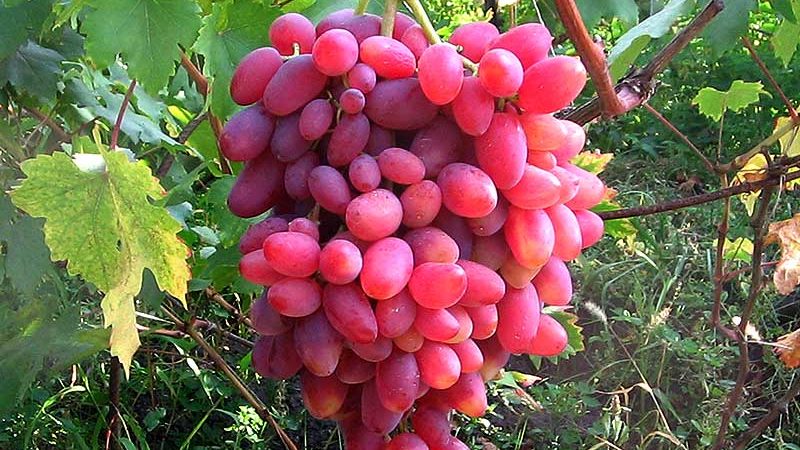
The ripening period of Jubilee grapes varies from 130 to 160 days. A table variety, the harvest is used fresh and for processing - they prepare jam, jams, marshmallows. The bushes are vigorous, the leaves are elongated with bristly pubescence.
The weight of the conical bunch is 120 g, the density is medium. The berries are round-oval, golden-green in color. The pulp is crispy and juicy, sweet, the tasting grade is 8.5 points. The juice is colorless, there are few seeds. Jubilee is distinguished by immunity to mildew and phylloxera, attractive commercial qualities.
Skungub 6
The variety is early maturing, the harvest is harvested by mid-August. Bushes vigorous, leaves with pubescence, dark green.A cluster of medium density, weight about 240 g, cylindrical-conical shape. The berries are large, rounded, black and red. The pulp is juicy and tender, the taste is sweet, score 8.1 points.
In application Skungub 6 is versatile - suitable for fresh consumption, transportation, processing. It is recommended to regularly carry out preventive measures - spray the plantings with a solution of Bordeaux liquid to protect against insect pests.
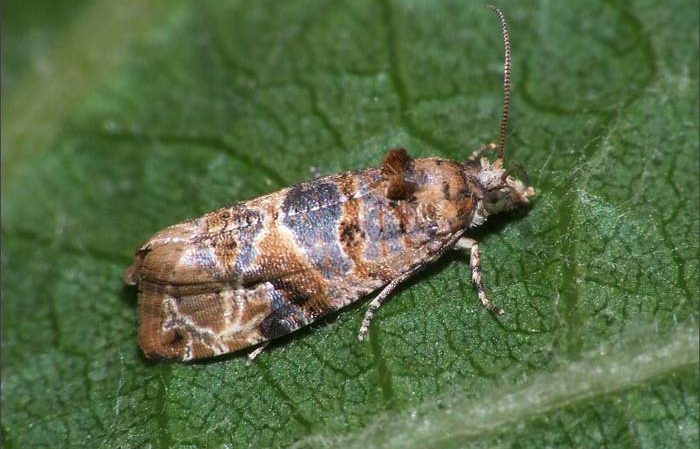
Greenhouse varieties
Varieties are planted in the greenhouse that are sensitive to weather changes. They are not suitable for planting in open ground, since they do not tolerate frost well. In the conditions of the Leningrad region, greenhouse grapes bear fruit steadily.

Chrysolite
Table variety, versatile in application. Summer residents prepare desserts and drinks, pastries and confitures from grapes. The ripening period is medium early, the harvest is harvested after August 10. The bushes are medium-sized, the leaves are wrinkled, the flowers are bisexual.
Bunches are conical, large, weight about 600 g. Berries are large, ovoid, green-yellow. The pulp is tender and juicy, the taste is pleasant with nutmeg notes. Chrysolite juice is colorless, there are few seeds. Tasting grape score 8.6 points. In addition to processing, the berries are transported and sold - thanks to the dense peel and wax bloom, the crop does not spoil.
Transformation
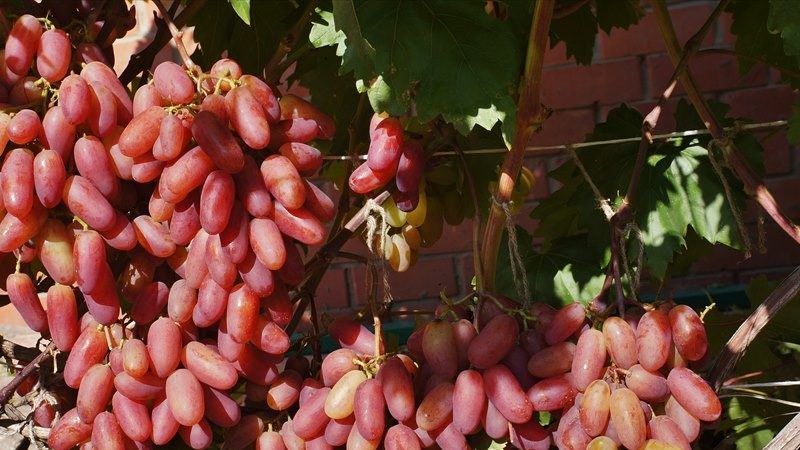
The bushes are medium-sized with glossy rich green leaves. The flowers are bisexual, the yield does not depend on pollinating insects. Bunch weight 800 g, conical-cylindrical shape. Berries are oval, large, weight of one is about 10 g. Color is pink, attractive. The pulp is fleshy, there is no aftertaste. Tasting grade 8,5 points. Ripens early; fruits are harvested by mid-August. They make marshmallows, jelly, marmalade from grapes, or simply canned berries for the winter in sugar syrup.
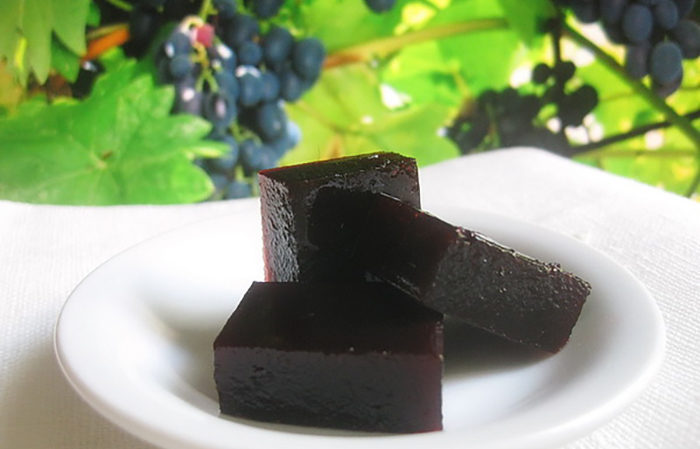
Attention! It is recommended to choose early and very early varieties for planting in a greenhouse. Saplings are planted in rows, leaving a distance from the wall of at least 0.5 m. A suitable temperature for planting greenhouse grapes is + 10 ° C. It is important to regularly ventilate the building to maintain a healthy microclimate and prevent stuffiness.
Alexander
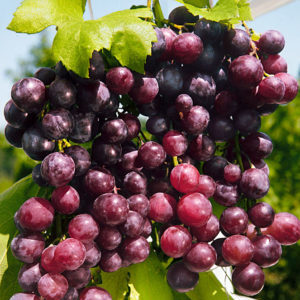
Table variety, early maturing, the growing season lasts 130-160 days. The bushes are vigorous, with large dark green leaves. Due to the large size, the distance between landings should be at least 1.5 m.
Bunches are cylindrical, branched, weight 135 g. Berries are dark pink, round, with crispy and aromatic pulp. The taste of Alexander grapes is harmonious, the tasting score is 8.5 points. The variety is resistant to gray mold, powdery mildew, mildew, phylloxera. Rarely damaged by wasps, aphids, ticks. A tall variety needs a garter to the trellis.
Annushka
The bushes are medium-sized, the leaves are small. Annushka is demanding on the planting site, prefers loose and light soils. Bunches of medium density, conical-cylindrical, weight about 240 g. Berries are oval, white, thin skin shines through in the sun. The pulp is juicy, the seeds are medium in size, the taste is delicate and harmonious. Annushka's tasting score 8.2 points. The plant bears fruit steadily, the harvest is suitable for fresh consumption and processing.
Planting grapes in the Leningrad region
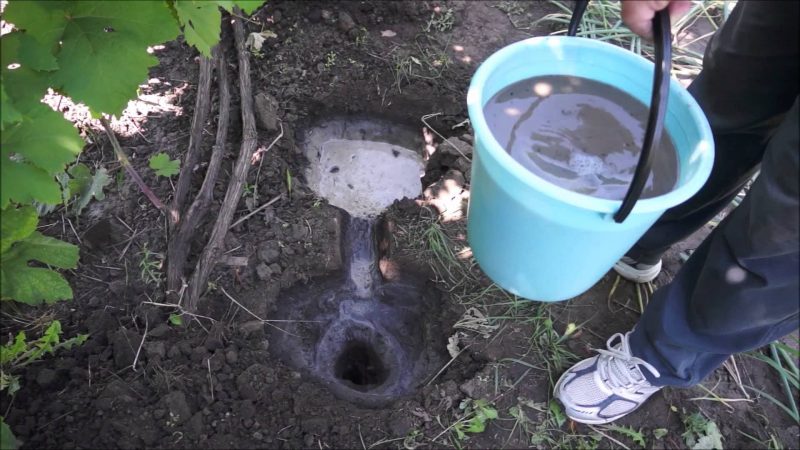
The grape yield is influenced by the choice of planting site, timing, soil condition, and its composition. So that the plant does not hurt and bear fruit stably, it is recommended to follow simple rules.
When to plant: spring, summer or fall
In the Leningrad Region, grapes are planted in the spring, when the air temperature warms up to + 12 ° C. Under such conditions, seedlings quickly adapt to climatic conditions and take root on the site. Grapes are planted with a lump on the roots so that the latter are not damaged. The first 10-20 days the plant is shaded, otherwise the tender seedlings will burn in the sun. As a protection, summer residents use plywood, boards or other available material. After 3 weeks, the shelter is removed.
Some gardeners planted grapes before winter - This planting method is suitable for warm areas. If grapes are planted in cool and humid regions in winter, young seedlings may freeze. In summer, grapes are also rarely planted.
It is interesting:
How to plant correctly

Grapes are planted in hilly areas. Summer residents prepare a pit 30 cm deep and 50 cm in diameter. Prepare a drainage layer of broken brick, gravel or small stone - it provides ventilation and distribution of moisture in the soil. Suitable soil for grapes is sandy or peaty. The seedlings are deepened by 20-25 cm, the roots are covered with a layer of soil of 15 cm. After planting, the seedlings are watered abundantly with warm water, after a week, watering is repeated and the plantings are mulched with cut grass.
Attention! In the first year, it is recommended to direct the vines vertically upward to enhance shoot growth. A pole is stuck into the hole, to which young vines are tied.
How to care for grapes in the Leningrad region, features of care, timing
Caring for grapes consists in timely pruning, watering and dressing. Consider how to prune grapes in the summer in the Leningrad region and what fertilizers the berry prefers.
Pruning
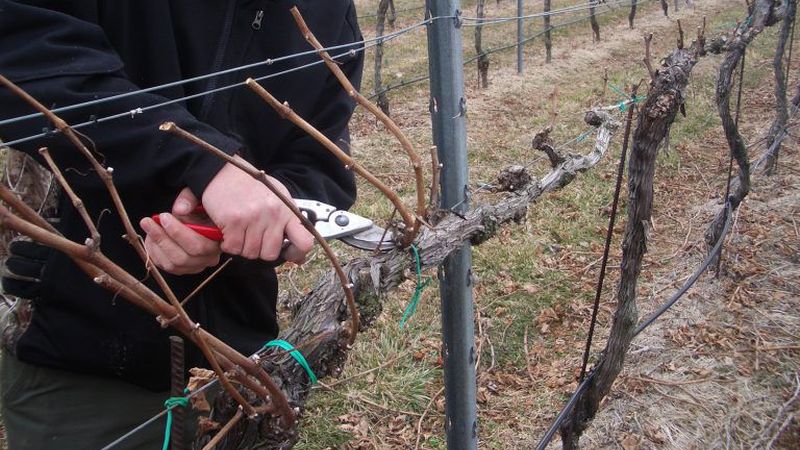
Pruning grapes increases yields, stimulates the growth of new shoots, protects against diseases and pests. There are several types of grape pruning:
- short - gardeners cut off all shoots so that no more than 4 eyes remain on each;
- medium - up to 8 eyes are left on each;
- long - up to 50 eyes.
Mixed cropping is one popular method. With her, gardeners combine long and short, the plant regularly renews shoots. Non-covering varieties pruned in summer, covering - in autumn. It is recommended that you cut the cuts so that they look inward of the plant, not outward. Cropped arrows must be free of visual damage.
Watering and feeding

The number of waterings depends on the amount of precipitation and temperature... If the summer turned out to be humid and hot, then 3-4 waterings are enough during the ripening period. If the weather is dry - from 5 to 7 waterings. It is recommended to water the shrubs in the evening or in the morning with water at room temperature. If cold water from a spring or well is used, the plant will receive a heat shock, which will negatively affect the yield. The watering depth should be at least 40 cm. With the increased growth of green branches, moisture is reduced.
Attention! Signs of waterlogging of grapes - many stepchildren are formed on the bushes, the vines ripen poorly, the fruits are not covered with the color characteristic of the variety.
Three times over the summer, summer residents apply root fertilizers. Installed drip irrigation systems or drainage pipes help in this. If there are no structures, a 25 cm deep groove at a distance of 0.5 m from the bush will do. The first feeding consists of urea and superphosphate in a ratio of 90:60. They are separately dissolved in water and then stirred. The second dressing consists of 100 g of ammonium nitrate and 50 g of potassium sulfate - minerals stimulate the development of fruits. The third dressing is based on Kemira or Novofert preparations.

Of the foliar fertilizers, a solution of wood ash, potassium permanganate and iodine is popular. Spraying protects shrubs from powdery mildew and gray mold, mildew and phylloxera. Natural fungicides strengthen the immunity of grapes.
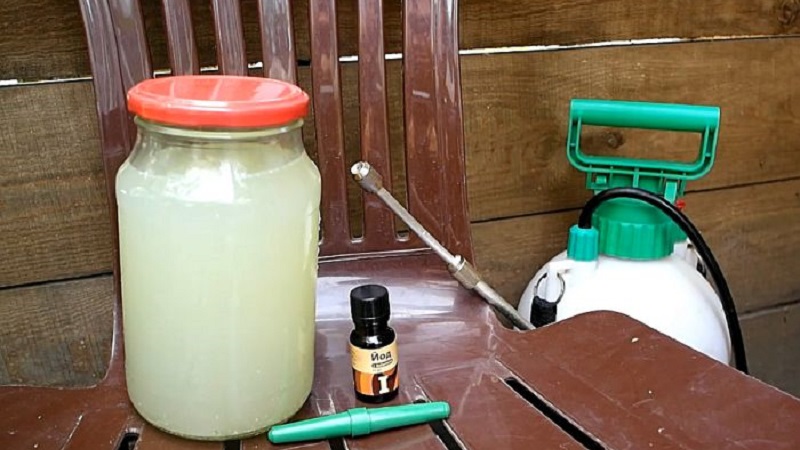
It is interesting:
Iodine and brilliant green rush to the rescue: the secrets of processing cucumbers
How to properly spray tomatoes with potassium permanganate
How to feed ash cucumbers in the open field and in the greenhouse
Features of growing in a greenhouse
The main rule of growing grapes in a greenhouse is to regularly ventilate it using an open door or window. To protect from the hot sun, special darkened nets are used.Throughout the summer, the plant is watered no more than 1 time per week, otherwise the grapes will get sick. Together with irrigation, fertilizers are applied - potassium, nitrogen or complex mineral fertilizing.
If the variety is not self-fertile, then the grapes are manually pollinated - they shake off the pollen, collect it in the palm and transfer it to the flowers. 2-3 times during the summer, greenhouse grapes are stepson, weak and dry shoots and shoots are removed.
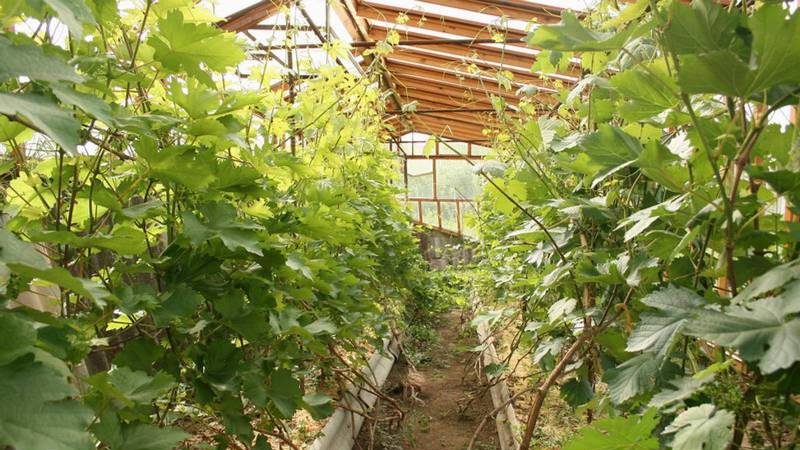
Conclusion
Landing, the care and pruning of grapes in the Leningrad region are simple processes, but they require compliance with a number of rules. Pay attention to the appearance of the seedling, choose the right variety, read the reviews of other summer residents. Non-covering varieties are planted in open ground, covering varieties - in a greenhouse. A pit with a drainage layer and loose soil is prepared for the plant. During the summer, plantings are watered with warm water, fertilized with mineral and organic dressings, and preventive measures are taken to protect against diseases and pests.